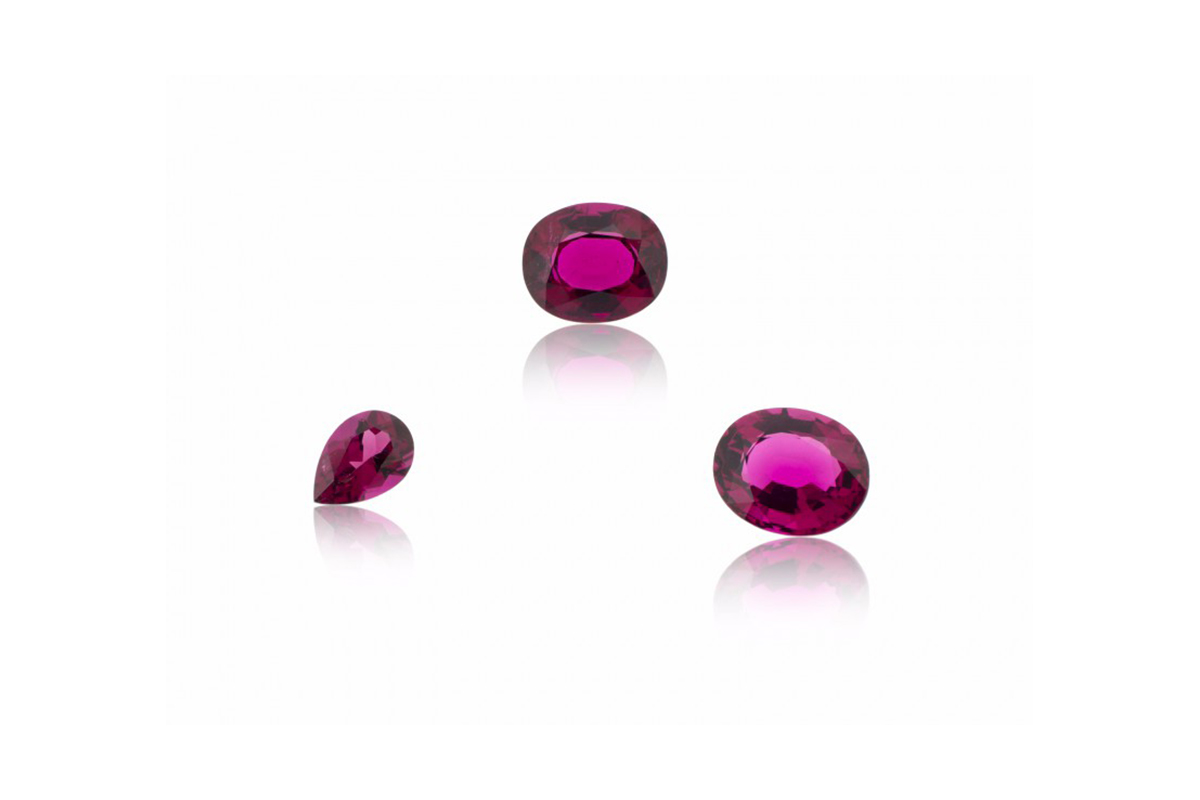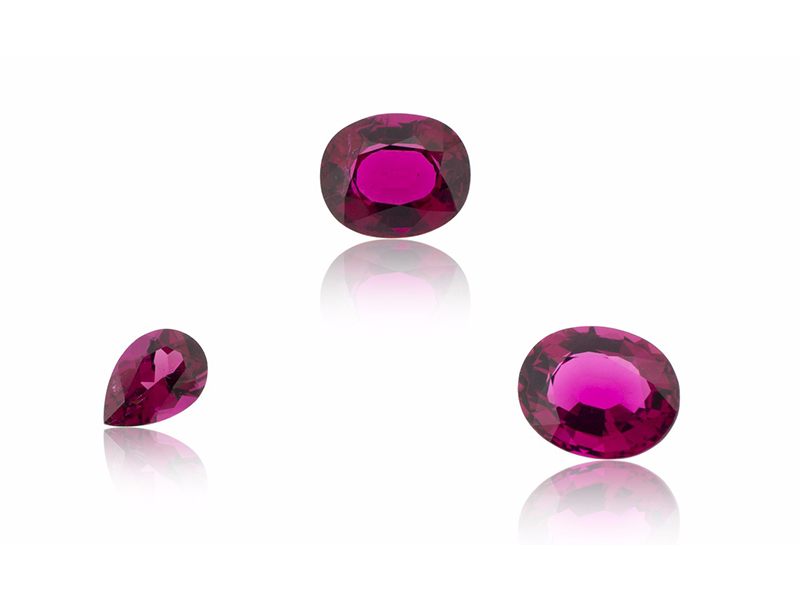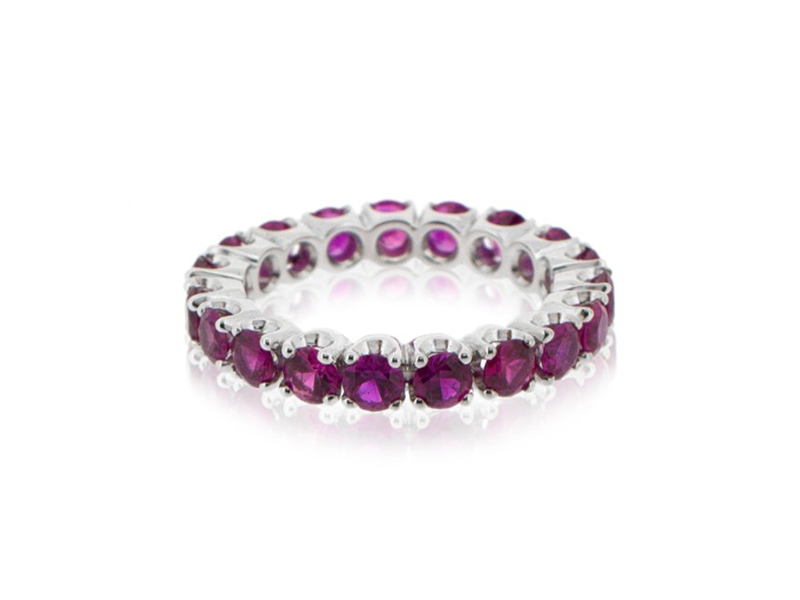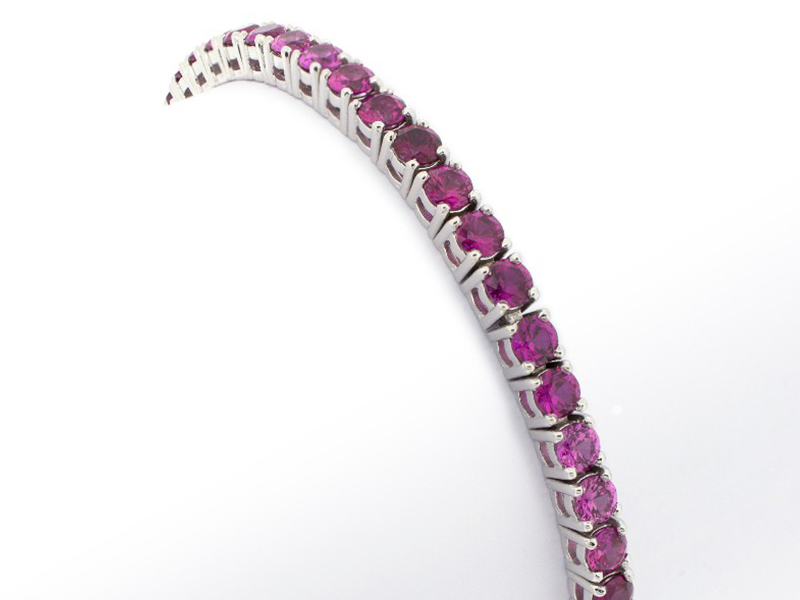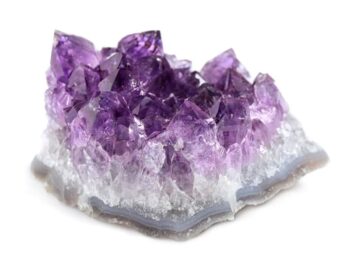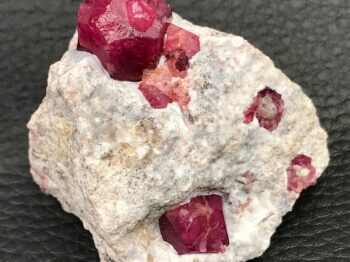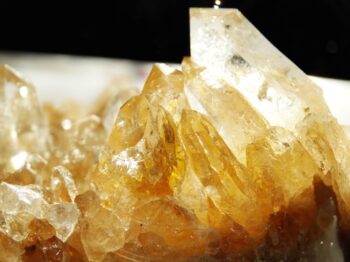In order to reach the optimum quality, Benjamin Mizrahi explains that often, he needs to re-cut what is considered to be a jewelry stone in order to reach a watch stone quality. Explanations.
It may sound obvious to say that quality and size are the fundamental elements to judge whether a piece of jewelry is well made or not, but Benjamin Mizrahi, founder of BenGems rises the debate to a new level of expertise comparing watch vs. jewelry setting quality.
What is a watch-stone-setting as opposed to a jewelry-stone-setting ?
There isn’t one definition of each per sé, only slight subtilities. Setting or crimping is the technical word used to describe the fact that a stone is set on a metallic support to stand still. In jewelry, stones are set to highlight a jewel. In watchmaking, stones are often set to add value to the piece mostly due to constraints of shapes and volumes.
On an objective standpoint, there is less fineness in watch stone setting than a jewelry setting. Stones are often aligned, equal and decorative. A watch is predisposed to receive stones where the case or bezel is close to the final stage of fabrication. The prongs are often wide open when they get to the stone-setter so he only needs slide and set one stone after another like a stone-planter. A stone setter for watches tends to be less qualified in terms of technique than a jewelry stone setter.
However, in terms of precision, stones to be set on watches need to be perfectly calibrated. Therefore, it demands a precision requirement down to 1/100th of millimeter whereas in jewelry the precision requirement can go down to 1/10th of millimeter. The hardest task is to find batches of stones that are exactly the same. If slightly different, the flaws of the stones will stand out more radically.
After the quality comes the size.
Perfectionnist and meticulous about a job well-done, Benjamin Mizrahi managed to combine the quality and the size of the stones he uses to set his jewelry pieces to an horlogerie level in addition to paying attention to the vibrance and intensity of stone chosen to set jewels. All of the stones he uses are firstly chosen as if they were to adorn the center of a piece. He makes no distinction between a central stone and a pavage-stone. The quality of the stone is optimized to shine at its best. In order to reach the optimum quality found in watchmaking stone settings, prices can be 30% higher because what is considered a jewelry stone needs to be re-cut to reach the watchmaking quality. Each stone needs to match perfectly in terms of color, shape, size and density. Therefore, they need to be chosen one by one to pass the expertise.

